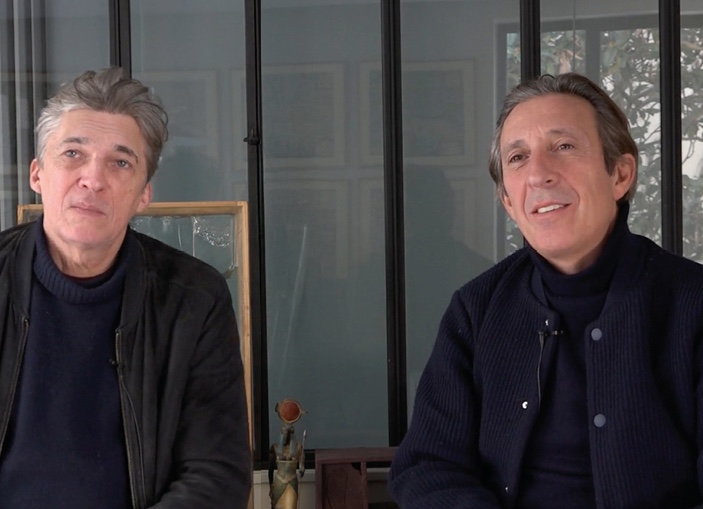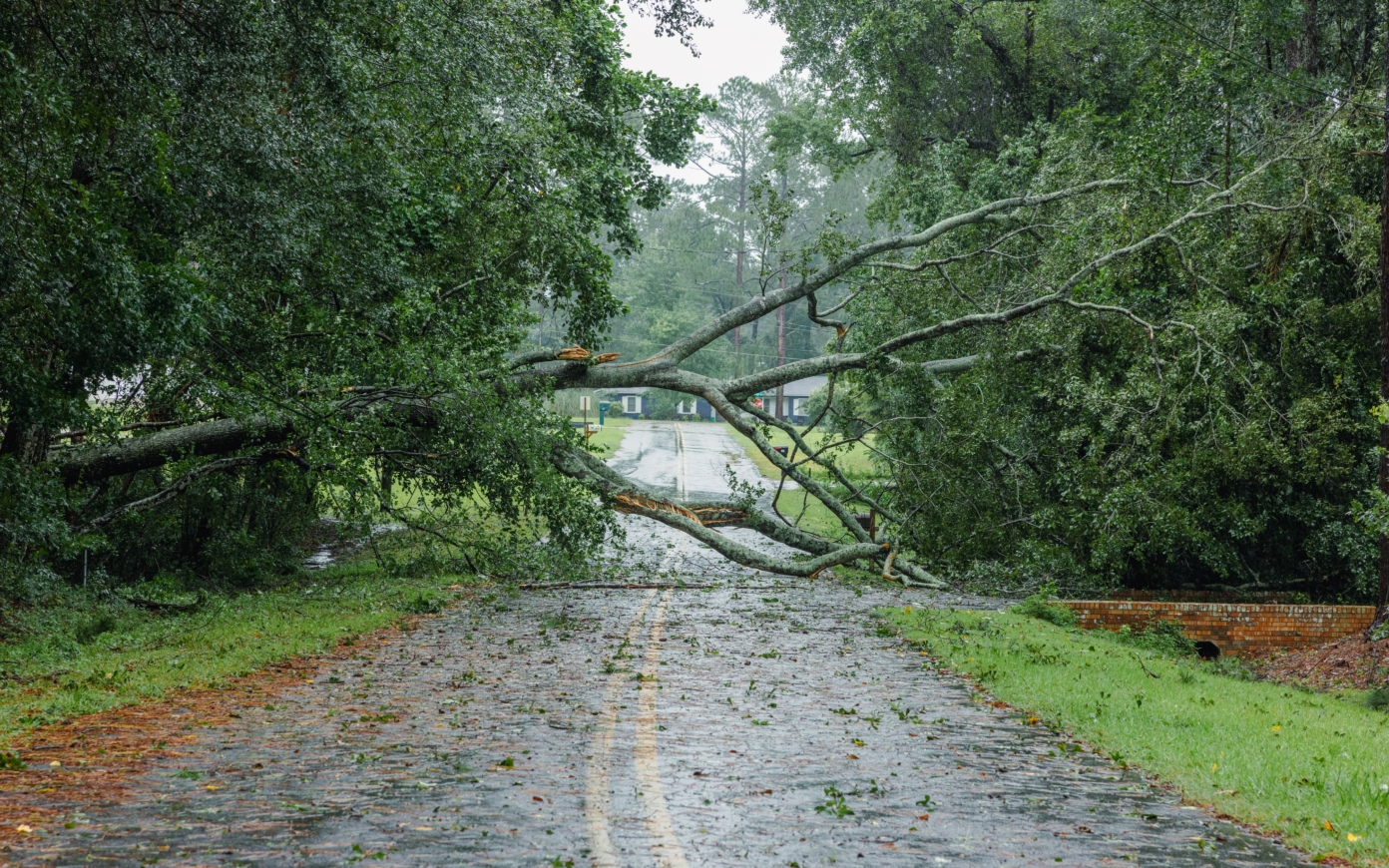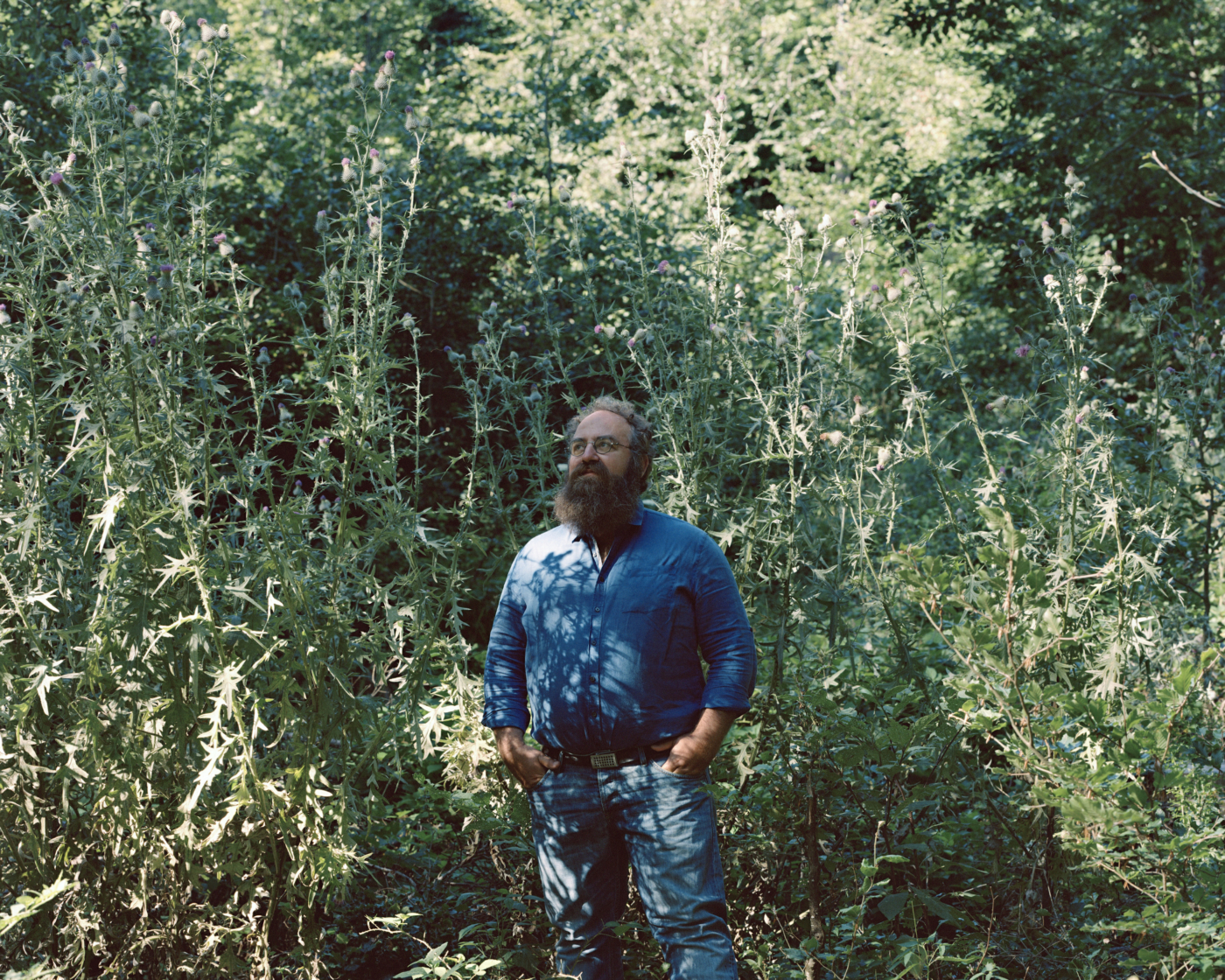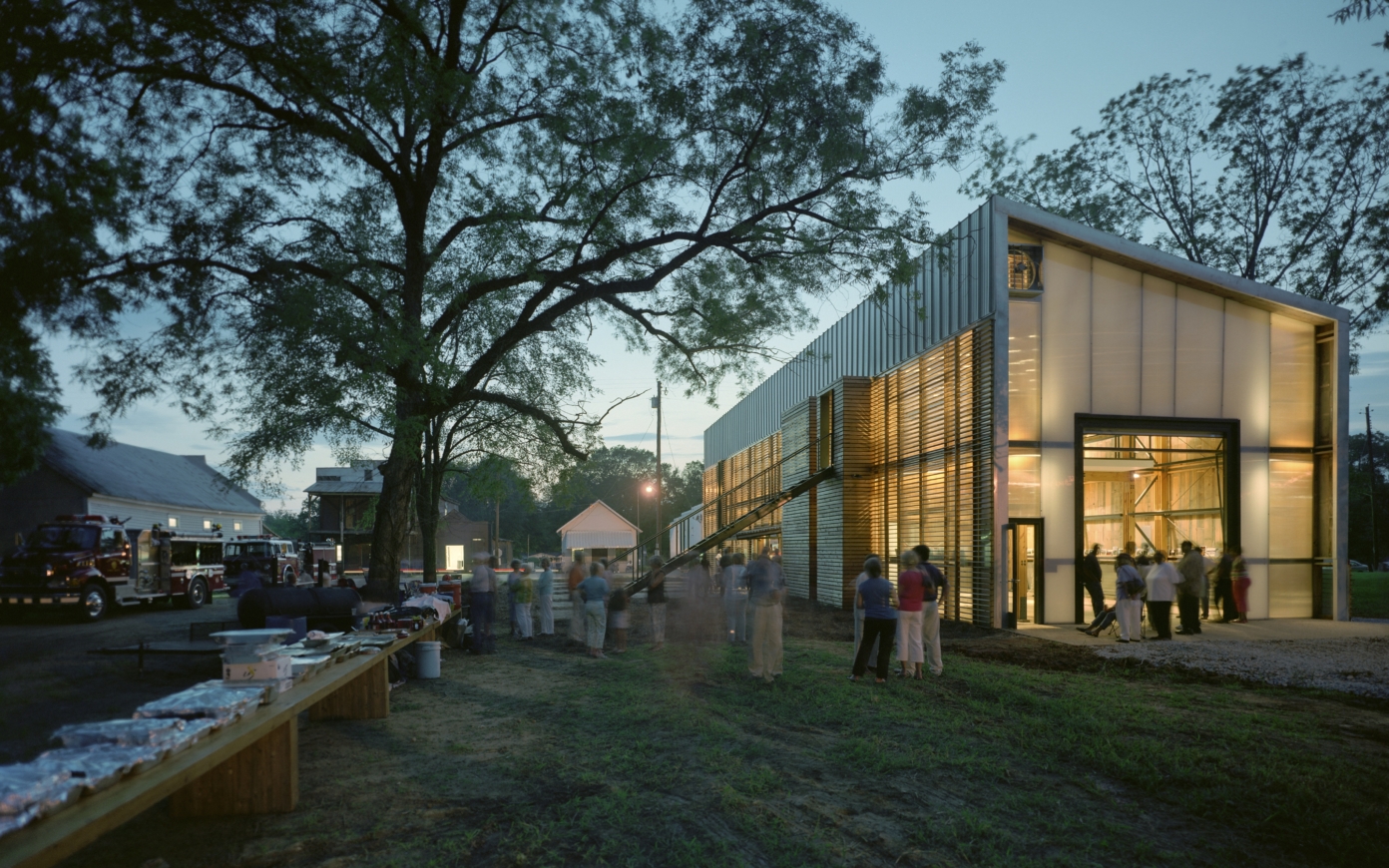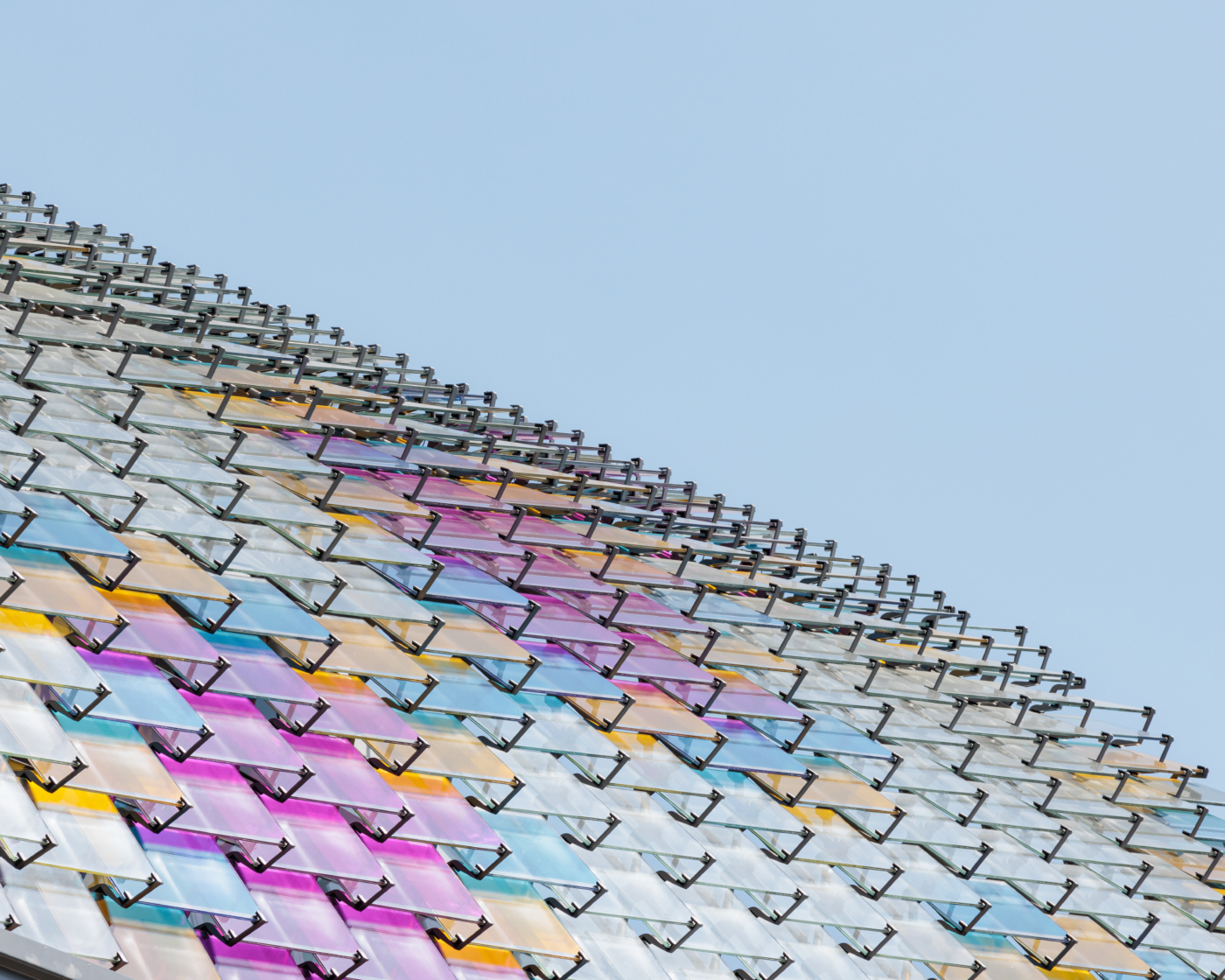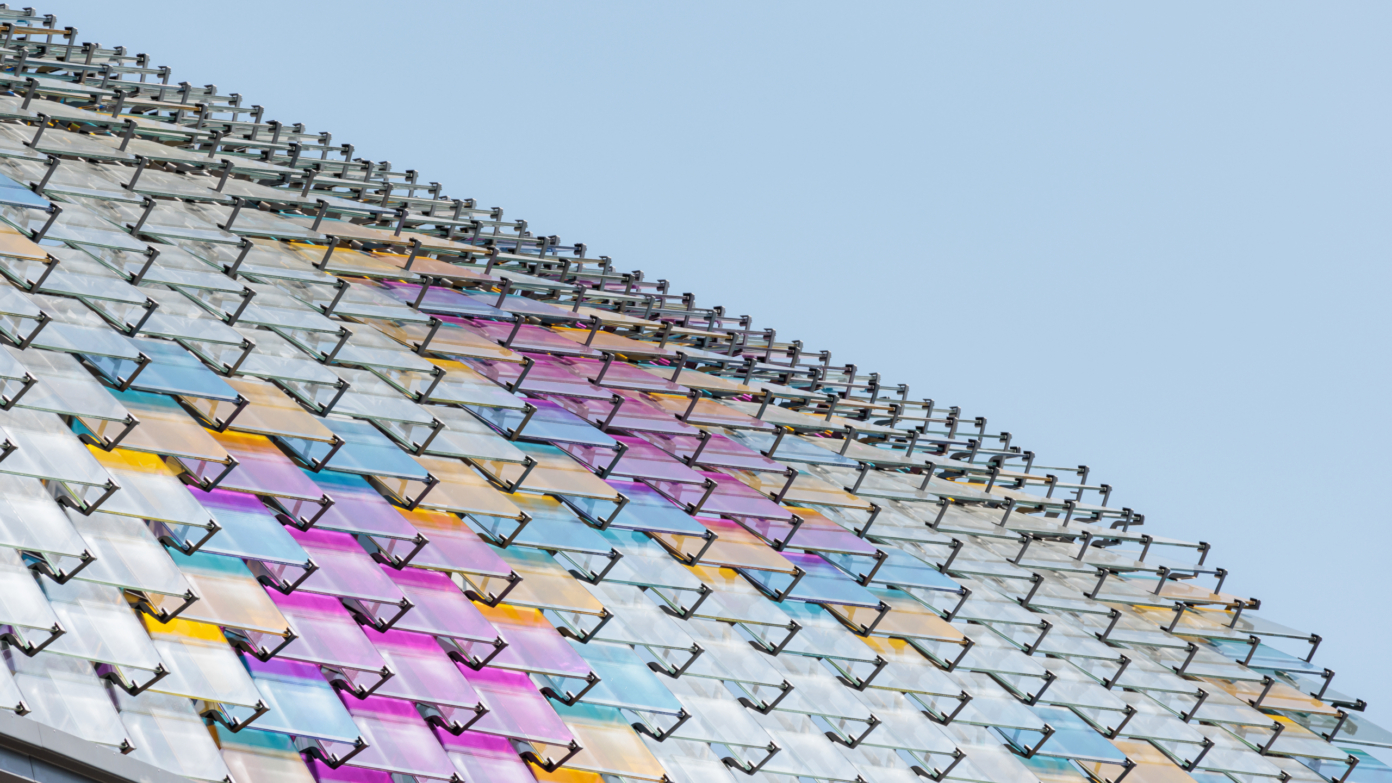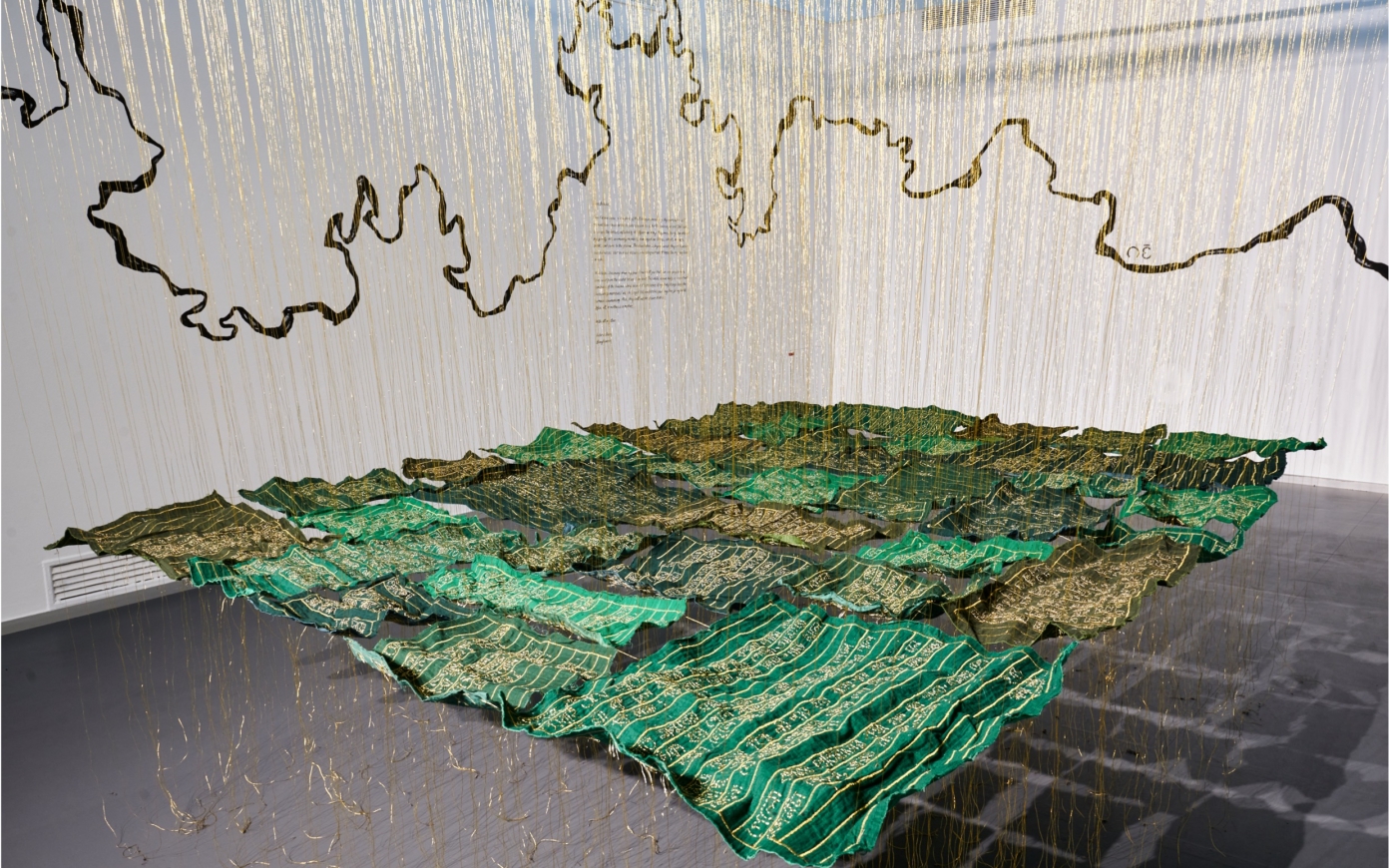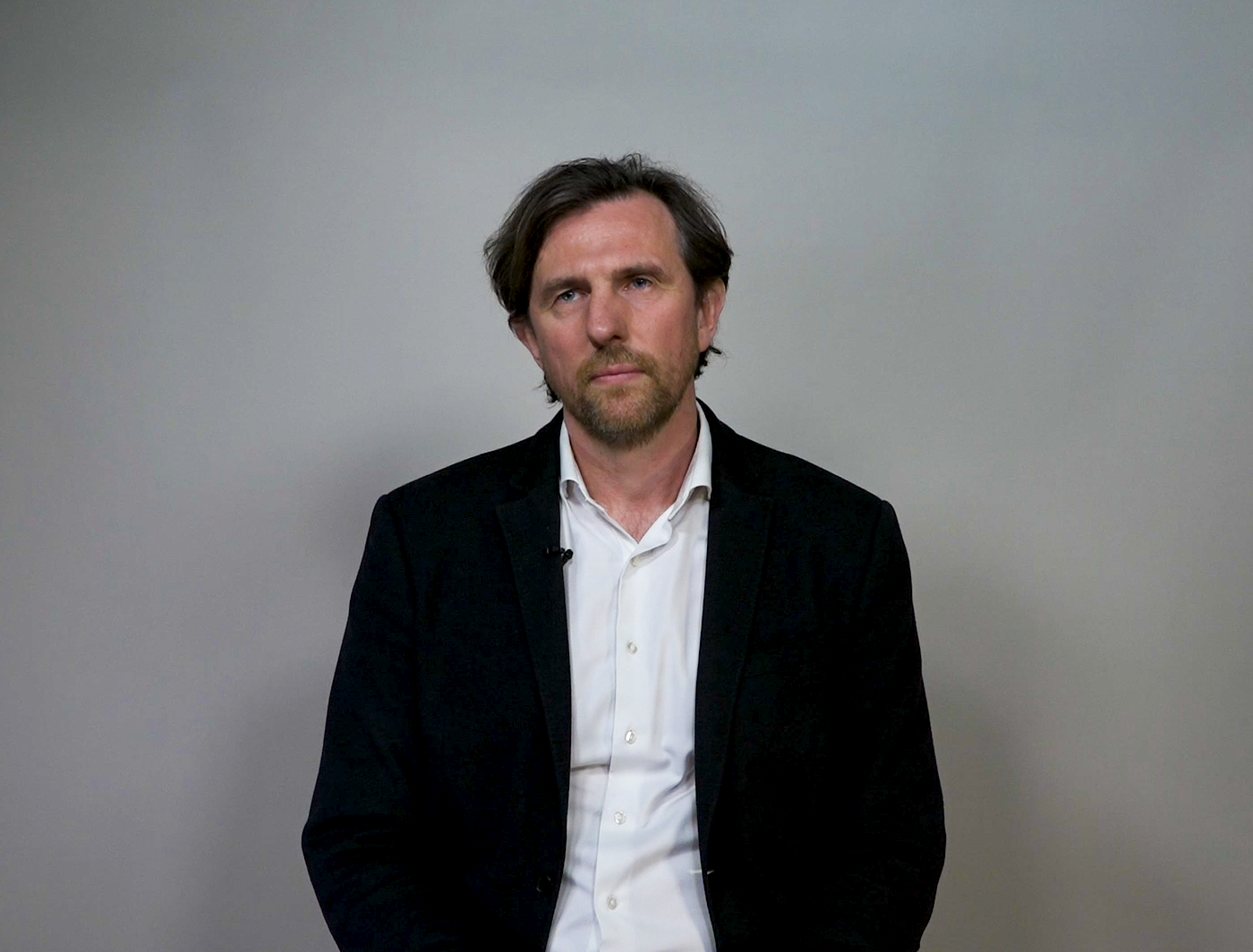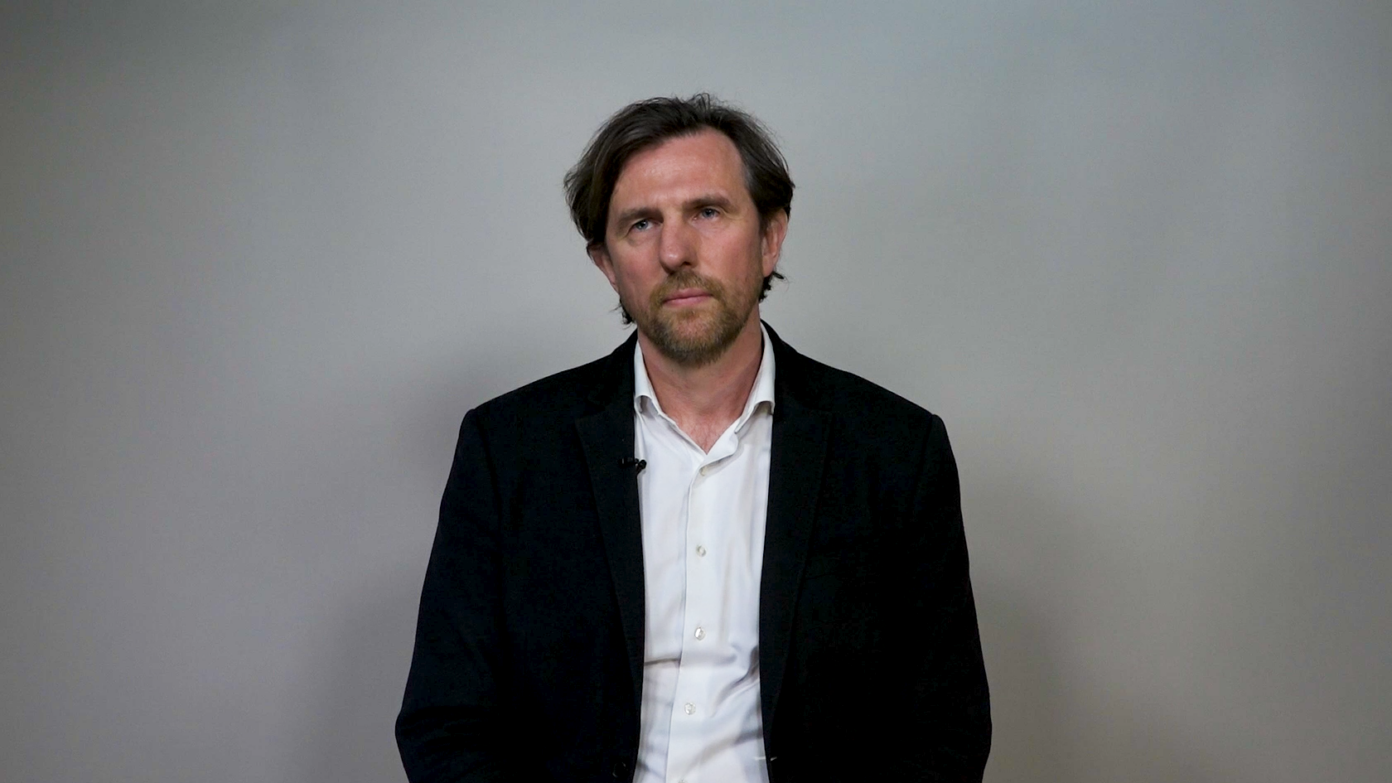You are at once an entrepreneur, architect, and biology researcher. Is a new form of architecture emerging at the intersection of science, technology, and the arts?
We are living in a time when ways of thinking are evolving, where we are no longer confined to seeking inspiration from the art world, for example. Our era is an active one and one that will draw from models that exist in other domains, opening up a multi-disciplinarity that has long been forgotten. We are seeing a transgression of dogmas inherent to the modern architecture of the fifties and sixties. Architectural agencies are beginning to set up their own research laboratories, notably in the United States, based on university partnerships, as evidenced by the MIT Media Lab, geared toward applied research.
The architect has always been a thinker. His research deals with urban typologies and structural performances, but the emergence of an interest for materiality in itself is quite innovative. The designation “architect” has slipped from being a title—the builder of dwellings—into everyday language. Composing with a material—DNA, computer code—so as to invent new forms is now enough for one to claim to be an “architect,” as can be seen with “genome architects” or “data architects.” If “alchemists of matter” become architects, the latter then inversely begin to manipulate matter, a role that had previously been reserved for engineers. However, an architect’s approach to a material is very different to that of an engineer, the combination of science and architecture allows one to blend aesthetics and the pursuit of efficiency.
On a personal level, I support the commitment of architects to the gathering together of different disciplines. They have a great responsibility as builders of the cities of tomorrow, through their constructed, material contribution, but also through the position that they adopt when faced with environmental, human, and demographic issues. Operating traditionally at the intersection of different trades, it seems to me that the role of the architect is to transcend the simple creation of an inert form so as to engage in an organic construction process.
You have received a number of awards for innovation in relation to your work with wood. Why and how did you become interested in this material?
I founded Woodoo with the idea of developing a new high-performance, rot-resistant, and more rigid wood-based material. It turns out that the molecular manipulations that aim to “enhance” this wood also render it translucent, a secondary effect that participated in the popularity of this new material. While working with the SANAA and Kengo Kuma agencies in Japan, I began to become interested in materiality and thus initiated the shift of my path as an architect toward molecular biology and the science of materials that I studied at Harvard.
Even though my career has been international in nature, I had always wanted to come back to France to develop Woodoo, as there is a lot at stake there. Fifty percent of the wood that is produced there each year—the equivalent of a forest surface four times bigger than Paris—is left unused. France is the second largest forestry power in Europe and despite this its forestry sector is largely in deficit. Our country is the biggest European force in terms of volume of stumpage—2.7 billion available cubic meters—and yet only exploits a tiny part of its resources. The considerable fragmentation of the forests into private, collective, or state properties—and an industrial interest that is focused on softwood species—only represents 30 percent of the forestry surface, leading to the country importing wood, in particular for construction. Paradoxically, France exports its wood in the form of logs and then imports it once it has been manufactured, depriving itself of any added value.
Yet this material, one of the most primitive in human history, could well become the building element of the twenty-first century. The technology that we have developed allows for example to emphasize weaker strains, and this could open up entirely new possibilities. Stronger, more economic, more eco-responsible, it is also the only strain that is 100 percent renewable, not to mention the fact that once cut it retains the carbon dioxide enclosed in its structure—even if it stops producing oxygen—and only releases it when burned. The city of tomorrow will be built in wood, denser and more environmentally responsible.
What process is used to obtain modified wood and what progress, in terms of construction, does it allow?
For 420 million years the genius of natural engineering has perfected wood in a true perspective of Darwinian evolution. Its three-dimensional matrix has been truly micro-engineered by nature, a structure that is completely lost in chipboard. By becoming interested in the cell wall—using the same approach that an architect would use for microarchitecture—I sought to improve its performance.
By extracting the lignin from the solid wood—the macromolecule that grants it its rigidity—and by replacing the 60–90 percent of air contained in its micro-cavities with plant resin, it is possible to reinforce the material’s rigidity. This procedure in no way modifies the internal geometry of the wood, leaving its cellulose skeleton intact. Once the lignin has been extracted, the procedure of the graft of the resin onto the crystalline structure of the cellulose allows light to pass through it and thus renders the wood translucent. The resin used is a bio-sourced monomer, which means that it is synthesized from elements that are present in biomass. It is for example possible to produce plastic bags from corn or potatoes thanks to this method of “green” chemistry. Everything that the fossil economy has bequeathed to us can be replicated by the bio-economy through the use of the living, notably plants and bacteria.
In a circular economy approach, the extracted lignin can then be reused via methanization to produce green energy, or pharmaceutically to produce medicines and even via industrial means to produce bio-sourced carbon fiber (this requires aromatic additives). Lignin can be assimilated into a necklace whose pearls are made from benzene, xylene, or toluene; these three molecules make up the basic building blocks of today’s petrochemicals, providing lignin with all of the qualities necessary to become a major element in the future bio-economy.
How does the living dimension of wood make it a unique construction material?
Wood is said to be “alive” because its form continues to change over time, giving the sensation that it continues to live. Its porosity is the reason for its elasticity and, depending on hygrometry, it contracts and deforms. This material is also capable of oxidizing, which gives it a grey color as it ages. Even though it is not literally “alive” once it has been cut, wood continues to evolve, even though it stops growing and breathing. Unfortunately, it is not sufficiently employed in France for construction. Unlike Japanese and American architects, imbued with the culture of the ephemeral and with nomadism, French architecture, borrowing from a Cartesian heritage, is built to last. It is no coincidence that my interest in wood revealed itself during my stay in Japan. In Japanese society, the degradation of materials is part of the life cycle of a building; the authenticity of a place comes from its form and its function rather than its original material. Certain pieces of temples are thus always rebuilt identically, with no sacralization of the original. This understanding of architecture as an evolving process, that lives, degrades, and regenerates like a living body, speaks to me much more than that of a block, fixed and unchanging for eternity.
Modifying the living is a matter for debate, what about wood?
Nature possesses its own logic. Mankind must establish an alliance with nature so as to strengthen it in order to better serve it. Our future depends on the use of intelligence to go beyond the use of nature only to serve our own interests. It is in no way a question of an opposition between good and evil, nor of domination, because wood cannot be tamed and domesticated. What’s more, pure nature no longer exists, apart from a few, rare, primary forests. Since it is nigh impossible for us to manage the population, other solutions need to be considered. We must build using wood to reduce our ecological footprint and build upwards so as to densify urban centers that continue to concentrate the world economy. In this sense, I am more of an interventionist than a reductionist as I am not advocating a slowdown in growth.
We have gone too far in the race to supra-technology, hyper-metropolises, and urban intelligence to ever hope to again spread populations out over territories and force them to live off the land, with the majority of them being farmers. I believe in the power of technology to limit the consequences of Man’s impact on his environment and I hope that newer materials will allow us to reconcile growth and happiness. We will see transformations in the economy, politics, and the environment that will be so rapid that they require a long-term thinking that needs to be engaged immediately, and that will allow us be in a position to simultaneously create the antidote and the safeguard. Even though the market for wood has just begun to take off, we need to—as for any technology with great potential—adopt ethical behavior, consider sensible management, intelligently reintegrate stocks, and manage the transition, starting with the creation of alliances between wood and concrete.
This article was initially published in Stream 04 – The Paradoxes of the living in November 2017.
order the book-magazine


